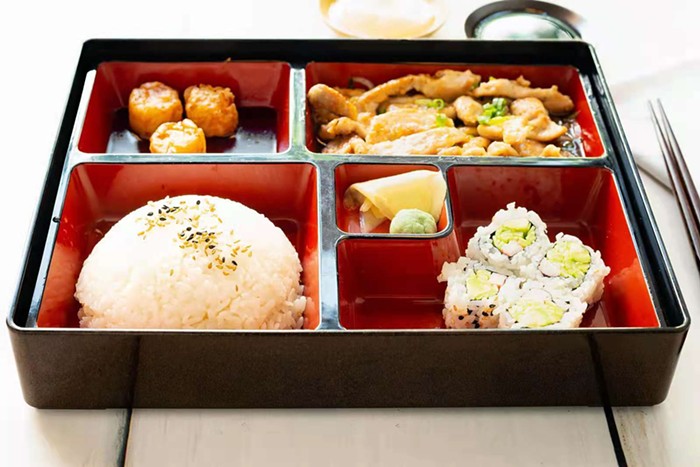One of my few unadulterated sources of holiday joy is the abundance—and, of course, gluttonous consumption—of the wee orange fruits known as tangerines and mandarins (a simple nickname that accompanied the fruit on its journey from China to England and has stuck around for centuries). I am thinking specifically of clementines and satsumas. My abiding love for these little guys was established when I worked at a bookstore with a woman who brought in a case or two of satsumas during the month of December, providing a sensible alternative to soulless supermarket cookies and cupcakes meant to buoy the spirits and sugar levels of beleaguered independent booksellers.
Bright, quintessentially orange-colored clementines, originally grown in Algeria and now cultivated in California, Texas, and Arizona, make my pupils dilate from excitement with their sweet sweet flavor and because they often come with their classy green leaves attached. (A bowl of clementines makes a lovely centerpiece on a table. I also like to roll the leaves in my fingers, releasing their faint, orange-scented oil, and rub it behind my ears when no one's looking.) But my heart belongs to the satsuma, the seedless wonder developed in Japan in the 16th century. Satsumas aren't as pretty as clementines—their skin is paler, sometimes jaundiced looking—but their insides taste impossibly tangy and complex (so sugary and sour!), you'll want to savor every tiny, fleeting bite. Glorious seasonal citrus fruit available at any supermarket worth visiting.


















